Athletes place substantial stress on their joints, particularly the knees, hips, and shoulders, due to repetitive motion, high-impact activity, and heavy training loads. Over time, this can contribute to joint pain, stiffness, and cartilage wear.
Glucosamine and chondroitin are two of the most studied supplements for joint health. Often used together, they aim to support cartilage integrity, reduce discomfort, and potentially slow degenerative changes. This guide explores how they work, the evidence supporting their use, and practical considerations for athletes.
What Are Glucosamine and Chondroitin?
Glucosamine
- Type: Amino sugar naturally found in cartilage.
- Role: Provides building blocks for glycosaminoglycans, which are critical components of cartilage.
- Function: Supports cartilage structure, resilience, and repair.
Chondroitin
- Type: Sulfated glycosaminoglycan present in cartilage and connective tissue.
- Role: Attracts water and nutrients to cartilage, maintaining hydration, elasticity, and shock absorption
- Function: May inhibit cartilage-degrading enzymes and reduce inflammation in joint tissue.
Synergistic Action: Glucosamine supports cartilage synthesis, while chondroitin maintains cartilage structure and prevents breakdown. Together, they are thought to support joint health and potentially alleviate pain associated with wear and tear.
Mechanisms of Action
- Cartilage Support and Repair
- Glucosamine serves as a precursor for proteoglycans, which maintain cartilage elasticity.
- Chondroitin helps retain water in cartilage, supporting shock absorption during exercise.
- Glucosamine serves as a precursor for proteoglycans, which maintain cartilage elasticity.
- Anti-Inflammatory Effects
- Both compounds may modulate inflammatory pathways, reducing cytokine activity and oxidative stress in joints.
- Both compounds may modulate inflammatory pathways, reducing cytokine activity and oxidative stress in joints.
- Potential Pain Reduction
- By supporting cartilage integrity and reducing inflammation, glucosamine and chondroitin may decrease joint stiffness and discomfort, especially in high-impact athletes.
- By supporting cartilage integrity and reducing inflammation, glucosamine and chondroitin may decrease joint stiffness and discomfort, especially in high-impact athletes.
Evidence for Athletic Use
Osteoarthritis and Joint Health
- Glucosamine sulfate and chondroitin sulfate are widely studied in osteoarthritis.
- Research: A meta-analysis found that glucosamine and chondroitin supplementation reduces joint pain and improves function in individuals with mild-to-moderate osteoarthritis, with effects often noticeable after 8–12 weeks (Bruyère et al., 2014, Semin Arthritis Rheum) and that long-term glucosamine sulfate reduced pain and slowed structural progression in knee OA patients (Bruyère et al., 2016, Semin Arthritis Rheum).
- Chondroitin also showed benefit for symptom relief in some studies, though effects are inconsistent.
Exercise-Induced Joint Stress
- Athletes without osteoarthritis may still benefit from joint support during high-intensity or repetitive activity.
- Evidence: A study on runners supplementing glucosamine and chondroitin for 6 months found reduced knee pain and improved joint function compared with placebo (McAlindon et al., 2011, Arthritis Rheum).
- Tsuruta et al. (2018) found glucosamine supplementation improved cartilage metabolism markers in soccer players (Jpn Pharmacol Ther).
Cartilage Preservation
- Both glucosamine and chondroitin may slow cartilage breakdown, potentially reducing long-term risk of degenerative joint issues in athletes (Wandel et al., 2010, BMJ).
Dosage and Supplementation
Typical Dosages
| Supplement | Daily Dose | Notes |
| Glucosamine sulfate | 1,500 mg/day | Best studied form, often taken in a single dose or split into 3 doses |
| Chondroitin sulfate | 800–1,200 mg/day | Usually taken in combination with glucosamine |
| Combined supplements | Many products contain 1,500 mg glucosamine + 1,200 mg chondroitin | Standard for joint health support |
Timing
- Can be taken any time of day, with meals to aid absorption.
- Consistency is key; benefits often take 8–12 weeks to become noticeable.
Forms
- Glucosamine sulfate vs. hydrochloride: Sulfate form is most studied and shown to be effective.
- Chondroitin sulfate: Often combined with glucosamine in one capsule.
Safety and Considerations
- Generally well-tolerated with mild gastrointestinal side effects (bloating, diarrhea) in some individuals.
- Allergies: Glucosamine is often derived from shellfish; those with shellfish allergies should choose synthetic or non-shellfish sources.
- Drug interactions: Rare, but caution is advised if on blood thinners or medications affecting blood sugar.
Practical Recommendations for Athletes
- High-Impact Sports: Consider supplementation if participating in running, football, basketball, or weightlifting to support joint integrity.
- Preventative Strategy: Can be used proactively in athletes with heavy joint loading to reduce risk of discomfort.
- Combined Approach: Pair with omega-3 fatty acids, collagen, and strength training for synergistic musculoskeletal resilience.
- Consistency: Take daily for at least 8–12 weeks before assessing effectiveness.
- Monitoring: Track joint comfort, range of motion, and performance to evaluate benefits.
Integrating with Other Nutrients
- Collagen peptides: Support tendons and ligaments.
- Omega-3 fatty acids: Reduce systemic inflammation.
- Vitamin D and calcium: Support bone health and joint structure.
- Protein: Maintains muscle around joints, reducing mechanical stress.
Synergy: Combining joint-support supplements with proper training, recovery, and nutrition maximizes overall musculoskeletal resilience.
Conclusion
Glucosamine and chondroitin are well-researched supplements for joint support, particularly in athletes experiencing high-impact activity or early cartilage stress.
Benefits include:
- Reduced joint pain and stiffness
- Support for cartilage integrity
- Potential long-term protection against degenerative changes
While not a replacement for training management or medical care, these supplements can be a valuable component of an athlete’s recovery and joint preservation strategy, especially when paired with omega-3s, collagen, and appropriate exercise programming.
References
- Bruyère O, et al. (2016). Semin Arthritis Rheum.
- McAlindon TE, et al. (2011). Arthritis Rheum.
- Wandel S, et al. (2010). BMJ.
- Tsuruta T, et al. (2018). Jpn Pharmacol Ther.
- Čeh M, Šarabon N. (2023). Biology of Athletic Movement.
